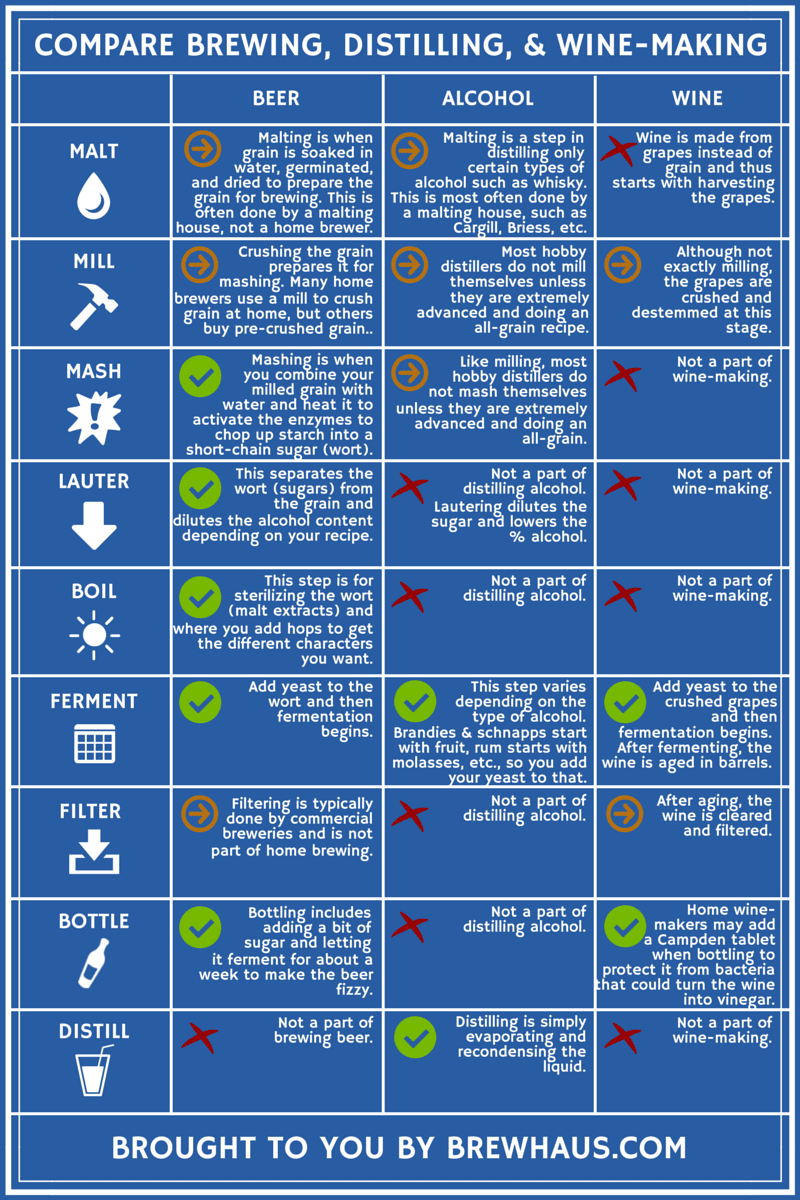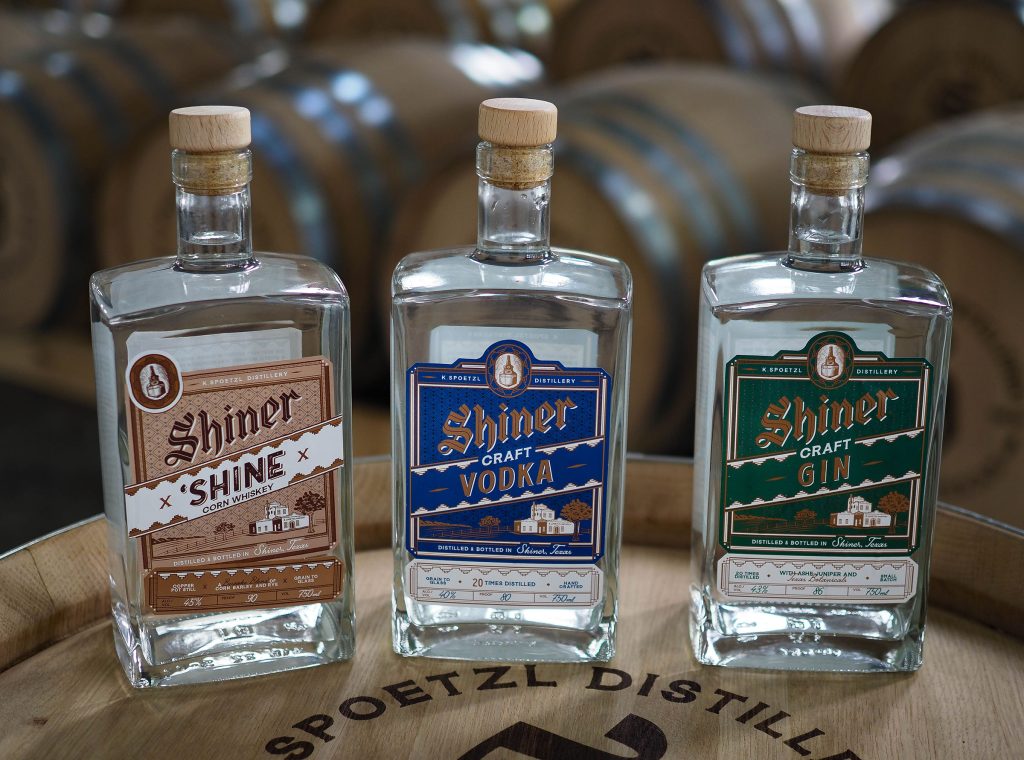Discover Top Breweries in Galveston Texas: Craft Beer at Its Ideal
Discover Top Breweries in Galveston Texas: Craft Beer at Its Ideal
Blog Article
The Ultimate Distillery Experience: From Grain to Glass, Everything You Required to Know
Starting a journey through the details of the distillery process unveils a globe where scientific research meets creativity in the development of spirits. From the mindful option of grains to the precise crafting of each container, every action in the assembly line plays an important function fit the end product that beautifies our glasses. As we explore the nuances of purification, aging, and flavor profiles, a much deeper appreciation for the craftsmanship and devotion behind each sip arises. Join us as we unwind the layers of competence and passion that culminate in the ultimate distillery experience.
The Art of Grain Option
Choosing the suitable grains is a vital action in the purification procedure, identifying the flavor profile and high quality of the final item. The sort of grain picked dramatically affects the character of the spirit being generated - Galveston Whiskey. Common grains utilized in distillation include barley, wheat, corn, and rye, each imparting unique flavors and qualities to the end product

Beyond taste factors to consider, the high quality and pureness of the grains are critical. Distillers carefully resource grains to ensure they are without impurities and possess the necessary starch web content for fermentation. By mastering the art of grain option, distillers lay the foundation for creating exceptional spirits that captivate the taste buds.
Purification Process Demystified
Having established the foundation with meticulous grain choice, the distillation process arises as the transformative phase where the essence of the chosen grains is opened and improved right into a spirited form. Purification is a methodical procedure that relies upon the principle of separating alcohol from a mixture based on distinctions in boiling points. As soon as the fermented mash is heated in the still, the alcohol evaporates at a lower temperature than water and other compounds, enabling its removal. As the alcohol vapors pass and climb via the still, they condense back into liquid form, resulting in a higher proof extract. This distillate, also referred to as the 'heart cut,' is the purest and best portion of the purification run. Nonetheless, the procedure doesn't finish there; several purification runs or added steps such as maturing in barrels may even more refine the spirit, enhancing its complexity, flavor, and personality. Recognizing the details of the distillation procedure is important for generating top notch spirits that captivate aficionados and enthusiasts alike.
Barrel Aging and Taste Advancement
During the barrel aging process, spirits undergo a transformative journey as they communicate with the wood, absorbing nuanced flavors and developing a rich intricacy. The kind of wood used, generally oak, significantly influences the final preference of the spirit. Oak barrels are preferred for their special buildings that improve the taste account. As spirits age in the barrels, they extract substances such check that as vanillin, lignin, and tannins from the timber, contributing to the advancement of aromas like vanilla, caramel, spice, and even hints of toasted oak.
The permeable nature of timber likewise enables the spirit to take a breath, facilitating the combination of flavors over time. Depending on the period of aging and environmental problems like temperature level and moisture, spirits can acquire different characteristics, from subtle timber notes to deep, complex tastes that make each set unique.
Craftsmanship in Bottling and Labeling
As spirits reach their optimal taste accounts with barrel aging, the meticulous workmanship in bottling and classifying comes to be the next crucial action in presenting a costs item to consumers. The process of classifying and bottling is an essential aspect of the overall distillery experience, as it is the last touchpoint prior to the product reaches the hands of consumers (Breweries in Galveston Texas). Craftsmanship in bottling involves making certain that each container is filled up specifically with the spirit, taking into consideration aspects such as consistency in fill levels and the avoidance of any type of impurities entering the bottle

Tasting and Valuing Great Spirits
To fully appreciate fine spirits, one should engage all the senses in a mindful and calculated sampling experience. When tasting penalty spirits, it is vital to start by observing the spirit's look. Keep in mind the color, quality, and thickness of the liquid in the glass. Swirl the spirit delicately to release its fragrance. The nose is a my response crucial feeling in tasting spirits; take a minute to inhale the facility fragrances deeply. Next off, take a tiny sip and let it linger on your palate. Pay focus to the different tastes that unravel - from pleasant and fruity notes to spicy or great smoky undertones. Take into consideration the mouthfeel, noting if the spirit is smooth, silky, or fiery. Swish the spirit in your mouth to totally experience its texture and taste. Ultimately, swallow slowly and value the remaining coating. Fine spirits typically leave a positive aftertaste that can disclose a lot more concerning the craftsmanship and quality of the beverage. By engaging all your senses in this way, you can really relish and value the intricacies of great spirits.
Final Thought
To conclude, the distillery experience includes the complex art of grain selection, the accurate distillation process, the transformative barrel aging, the precise craftsmanship in labeling and bottling, and the sophisticated method of sampling and appreciating great spirits. Each action in the manufacturing procedure plays an essential duty in developing top quality spirits that mesmerize the detects and joy lovers worldwide.
The type of grain picked considerably affects the character of the spirit being created. By grasping the art of grain choice, distillers lay the foundation for creating exceptional spirits that captivate the palate.

Report this page